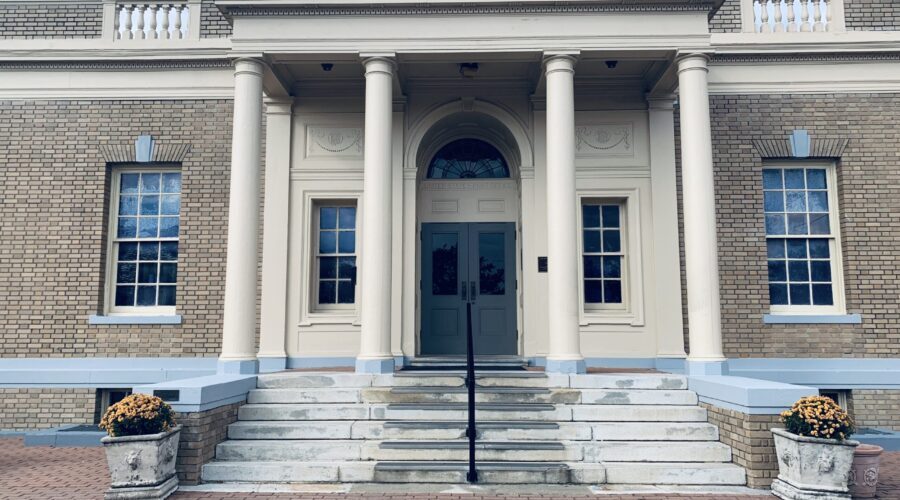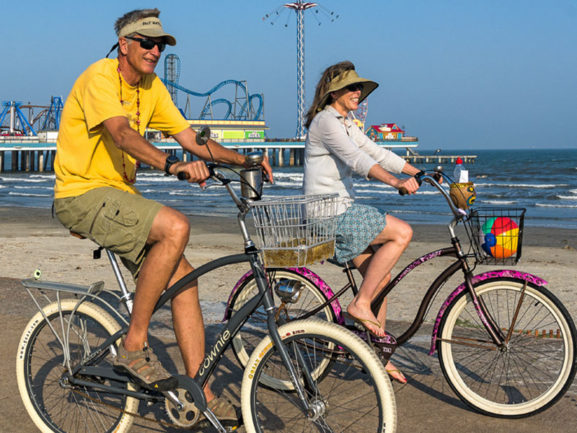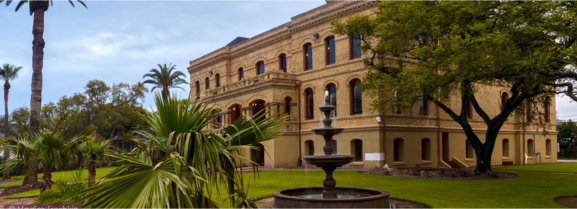Exploring the History of the Upper Texas Coast
One of the exciting things about exploring the history of the Upper Texas Coast is how much history has happened here. Each county in the region offers museums with insight into its past residents, its historical significance to Texas, and more. Just think about what life was like for the Karankawa Indians. And, imagine the Upper Texas Coast during the exploration of the Spanish in the 1500s and the French in the 1600s, along with its time as Mexican Texas, the Republic of Texas and the Texas oil boom. And these stops are just a start. For more ideas, download our free Trip Plan, focused on Texas History.
“One of the interesting things about the Upper Texas Gulf Coast is how much history has happened here. Each county in the region offers museums with insight into its past residents, its historical significance to Texas, and more.”
History Stops in Matagorda County
Matagorda County Museum, 2100 Avenue F, Bay City, TX, Matagorda County
The Matagorda County Museum is a historic building that is housing history today. Built in 1912, it was Bay City’s first post office. And during World War II, the city used it for the Selective Service Board. The Museum Association purchased the building in 1990 and renovated it as a museum. It includes exhibits on early Texas exploration, ranching, and 17th-century La Belle shipwreck artifacts. The French barque ended up at the bottom of Matagorda Bay in 1686 during a squall. Texas Historical Commission archeologists discovered the site and retrieved the artifacts you can see at the museum.
Tip: If you want to step aboard a restored three-masted barque, include the 1877 Tall Ship Elissa in Galveston as part of your exploration.
History Stops in Brazoria County
Varner-Hogg Plantation State Historical Site, 1702 N. 13th St., West Columbia, TX, Brazoria County
The Varner-Hogg Plantation’s history dates to 1824, when Virginia native Martin Varner became one of 297 grantees who received a league of land from Stephen F. Austin. During its history, the property, through various owners, served as a plantation, sugarcane mill, and ranch worked by former enslaved laborers working as cowboys, and later owners used convicts. In 1901, former Texas Gov. James Stephen Hogg purchased the land, convinced it was rich with oil. In 1958, Ima, the governor’s only daughter and surviving child, donated the plantation to the state of Texas. She furnished the home to reflect her father’s love of history and her own admiration for George Washington and other early Americans. The Texas Historical Commission operates the site.
Tip: Mexican Gen. Santa Anna was held prisoner on the plantation for a short time after the Battle of San Jacinto.
History Stops in Galveston County
The Bryan Museum, 1315 21st Street, Galveston, TX, Galveston County
As you explore history on the Upper Texas Coast, a stop at The Bryan Museum is another example of a historic building housing history. This building was the Galveston Orphans Home. The building was built in 1895 and was heavily damaged in the 1900 Storm. Unlike the St. Mary’s Orphanage, no children or matrons were killed during the storm in this building. Through the efforts of William Randolph Hearst, the building was rebuilt and served as an orphanage until 1984. Fast forward to 2013, and Houston businessman and preservationist J.P. Bryan purchased the Galveston Orphans Home building and immediately began a thorough restoration. The Bryan Museum is home to the world’s largest collection of artifacts, artwork, and documents related to Texas history and the history of the American West.
Tip: The Bryan Museum has the sword belonging to soldier Joel Robison used to capture Mexican Gen. Santa Anna.
History Stops in Jefferson County
McFaddin-Ward Historic House, 1906 Calder Avenue, Beaumont, TX, Jefferson County
The 1905-1906 McFaddin-Ward Historic House features the original furnishings and is an example of a true Texas oil boom home. Colonel W. C. Averill and his wife Di initially built the house. After several months of living in the home, the Averills traded houses with W. P. H. and Ida Caldwell McFaddin, who lived nearby. The home features the original furnishings. While the home is being restored, guests are welcome to enjoy the Visitor Center exhibit and tour the Carriage House. The property also offers a series of free special events, including lectures and more. The rose gardens offer more than fifty varieties.
Tip: Learn more about the oil boom by visiting the Spindletop-Gladys City Boomtown Museum.
This list offers a sampling of things to do on the Upper Texas Coast. For more ideas, click Things to Do and search by category and download/bookmark our Trip Plans.
About Lone Star Coastal Alliance
The Lone Star Coastal Alliance is a 501(c)3 created to preserve and promote the upper Texas Gulf Coast region in a manner that enhances coastal resilience while fostering economic development focused on conservation and tourism, elevating the unique natural, cultural, and historical assets of the region and benefitting quality of life within the communities.



